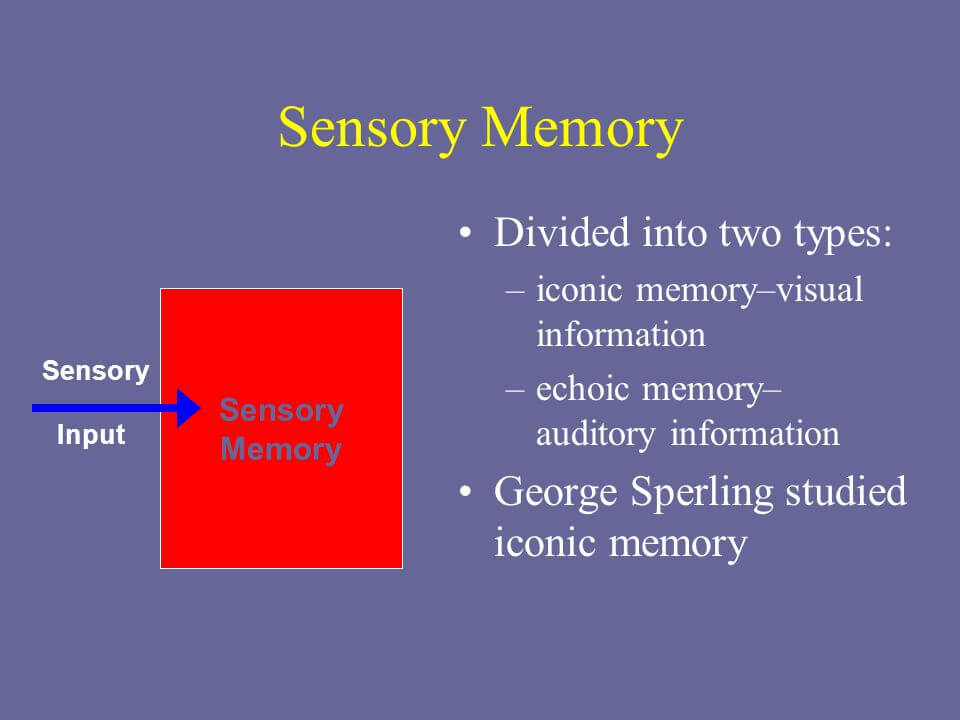
The prevailing idea is that prefrontal and parietal areas can provide neurons in visual areas with other sources of information beyond their receptive field (RF) to enable them to fill the gap during saccades 4, 8, 9. The question holds a critical significance as it directly targets the constructive nature of visual perception: how a continuous perception of the visual scene emerges out of retinal input frequently disrupted by saccades. Studying the nature and source of information used by the visual system to fill the perceptual gap during saccades has been a central focus of psychophysicists, physiologists, and cognitive neuroscientists for decades 2, 4, 5, 6, 7. To produce a stable sense of vision, our brain is believed to reconstruct at least some portion of the visual world during these gaps 4. These results show how our brain exploits available information to maintain a representation of the scene while visual inputs are disrupted.Ībout three times each second, saccadic eye movements (saccades) interrupt the flow of retinal information to higher visual areas 1, 2, 3.

Extrastriate neurons exhibit a late response enhancement close to the time of saccade onset, which preserves the latest pre-saccadic information until the post-saccadic flow of retinal information resumes. Our results show that by maintaining a memory of the visual scene, extrastriate neurons produce an uninterrupted representation of the visual world. Using a model-based decoder we generate a high temporal resolution readout of visual information, and identify the specific changes in neurons’ spatiotemporal sensitivity that underly an integrated perisaccadic representation of visual space.

Here we assess the representation of the visual scene across saccades from single-trial spike trains of extrastriate visual areas, using a combined electrophysiology and statistical modeling approach. Through “elaborative rehearsal” - association, reorganization, repetition, and testing oneself - it becomes part of our long-term memory.Saccadic eye movements (saccades) disrupt the continuous flow of visual information, yet our perception of the visual world remains uninterrupted.

Working memory also comes into play when we recall previously learned information from our long-term memory. 555-6789 becomes 55-56-789) we often call this our “working” memory. It may be held a little longer (for a few minutes) through frequent repetition or simple “chunking” of the information into smaller items, as we might do with the phone number of a girl or boy we met at the dance (e.g.It may be held briefly (up to roughly 20 seconds) through simple attention and repetition, as we do with the number to the local pizza place after we’ve looked it up this is often referred to as our “short term” memory.Iconic memory lasts for less than a second while echoic memory lasts for less than four seconds. It may be forgotten almost immediately as we do with much of the information that we do not regard as important at that time.Information that makes it through the sensory register has one of four futures: The sensory memory for touch is known as the haptic memory. Iconic memory refers to visual sensory memory, and echoic memory to auditory sensory memory. For example, the ability to look at something and remember what it looked like with just a second of observation is an example of sensory memory.

Sensory memory acts as a kind of buffer for stimuli received through the five senses of sight, hearing, smell, taste and touch, which are retained accurately, but very briefly. Sensory register or sensory memory is the shortest-term element of memory. Roughly speaking, it concerns memories that last no more than about a second or two.


 0 kommentar(er)
0 kommentar(er)
